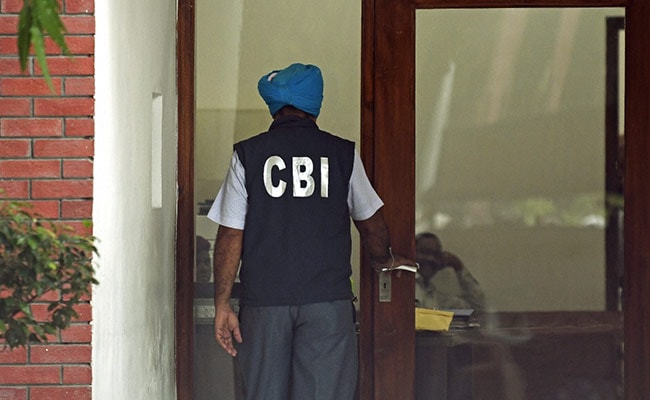
The Indian Council of Medical Research (ICMR) has issued a warning against the use of protein supplements for building body mass. These supplements, commonly available in the form of protein powders made from eggs, dairy milk, whey, and various plant-based sources such as soybeans, peas, and rice, have gained significant popularity among fitness enthusiasts and people with goals of muscle growth.
Effects of using protein supplements
The ICMR has mentioned potential drawbacks associated with the regular consumption of these supplements. Protein powders may contain added sugars, non-caloric sweeteners, and artificial flavourings, which could cancel out their overall health benefits.
Whey protein, which is known for its high content of branched-chain amino acids (BCAAs), is of particular concern. While BCAA supplements are necessary for muscle growth and repair, recent evidence shows a possible link between high BCAA intake and an increased risk of certain non-communicable diseases (NCDs).
The research body pointed out that protein intake exceeding -1.6g/kg/day does “not contribute any further to RET-induced gains in muscle mass”. “Consuming high levels of protein, especially in the form of protein supplement powders, is not advisable,” it said.
Dietary guidelines by ICMR
Led by Dr Hemalatha R, Director of ICMR-NIN (National Institute of Nutrition), a multidisciplinary committee of experts has developed a set of dietary guidelines for Indians aimed at improving overall health.
1. The guidelines stress limiting salt intake, reducing sugar consumption, and minimising ultra-processed foods in the diet.
2. Read food labels for nutritional information.
3. Long-term intake of protein powders in large amounts can lead to bone mineral loss and kidney damage, as discussed by the committee.
4. Sugar consumption should be limited to less than 5% of total energy intake.
5. A balanced diet should have no more than 45% of calories from cereals and millet.
6. Sugar should only contribute to 15% of calories from pulses, beans, and meat.
7. The guidelines said that the majority of calories should come from natural sources such as nuts, vegetables, fruits, and milk.
8. Total fat intake should not exceed 30% of energy.
9. Many Indians depend on cereals due to the high cost of pulses and meat. This can lead to not getting enough key nutrients, which might affect metabolism and raise chances of insulin resistance and related issues even at a young age.
10. About 56.4% of India’s total disease burden is linked to poor dietary habits, according to the guidelines.
11. Taking part in some kind of physical activity and adopting a healthy diet can significantly reduce the chances of coronary heart disease and hypertension.
12. Healthy lifestyle choices can stop 4 out of 5 cases (80%) of type 2 diabetes.






